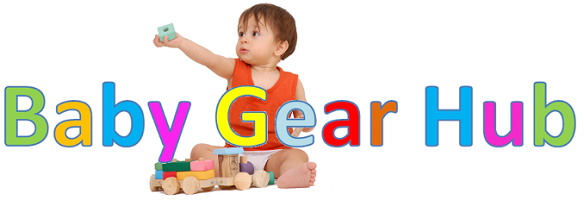Colic is often associated with bottle feeding and air swallowing. Although causes of colic are still not clear it has been proven that using some bottles may increase it’s prevalence. Studies carried out by Dr Drown clearly indicate that breastfed babies are much less likely to suffer from colic than babies who are fed with traditional old-fashioned bottles. Once a baby feed from such a bottle a negative pressure is created inside the bottle. To equalize the pressure air travels through the nipple and the whole body of the milk into the bottle. This creates air bubbles that cause gas when consumed by the baby.
There are several conditions associated with excessive air intake such as:
- reflux,
- colic,
- bloating,
- spitting up,
- hiccups.
All of them are unpleasant for the baby and usually cause crying.
How to prevent air swallowing and associated issues?
The most effective way to make bottle feeding a safe and comfortable experience for your baby is to replicate the natural and healthy mechanism of breastfeeding. This can be achieved by using a right bottle specifically designed to mimic breastfeeding. Such bottles have very wide necks and feature wide nipples that looks like a breast. They’re also made with special flexible, stretchy and textured silicone that imitates the feel of mother’s breast. The air vents is such bottles prevent vacuum creation and thus help preventing air swallowing.
It is of utmost importance to choose a right flow nipple for a baby. Infants usually do best with slow flow nipples that will prevent choking on milk. Older babies often require much faster flow otherwise their vigorous sucking with not enough milk flowing from the nipple will result in gulping air. Most companies produce nipples in three or even four different flow rates, make sure you pick a correct one for your baby’s needs.
Right position of both the baby and a bottle during feeding also help to prevent swallowing air. Your baby should be almost vertical position so that baby’s neck is well above her stomach. Bottle should be kept in almost horizontal position with the bottom slightly elevated. This way milk will always be in the nipple.
See this video to learn how to properly hold the baby:
A natural reflex of the baby during feeding is to burp. Preferably you should burp your baby in the middle of the feed and after the feed. Parents of particularly fussy babies are usually not brae enough to break a feed in the middle and risk baby crying. In such situation longer time should be allowed after the feed. It generally takes about five minutes. If the baby does not burp in this time it means that there was no air to dispose. Once you burp your baby there are several positions you may hold it. Pediatricians usually recommend a seated position. Dr Gregory Gordon, pediatrician from Orlando, recommends seated position while also slightly rocking the baby to induce burping.
